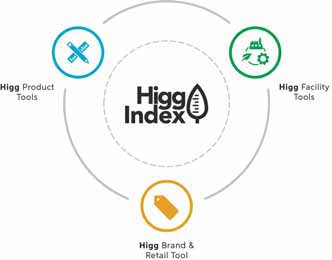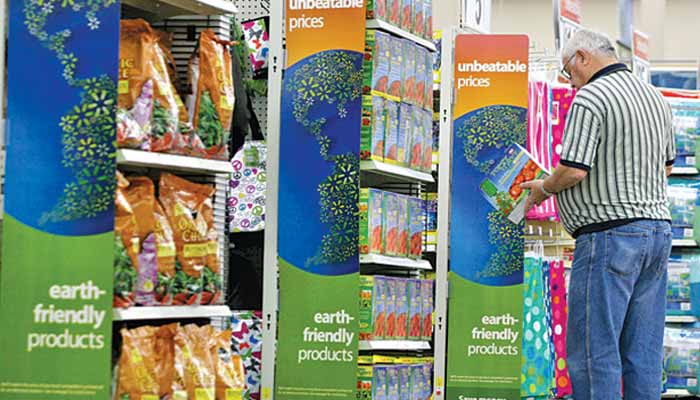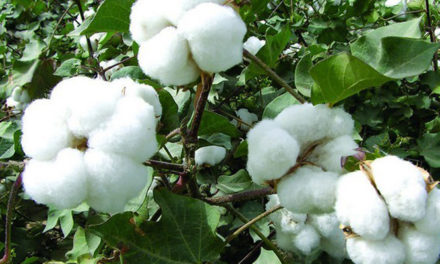 US retail giant Walmart says it’s set three new textile sustainability goals as part of its ongoing efforts to reduce the environmental impact of textiles and clothing it sells. This includes, by 2022, a commitment to source only from suppliers working with textile mills that use the Higg Index FEM for products sold in its US stores.
US retail giant Walmart says it’s set three new textile sustainability goals as part of its ongoing efforts to reduce the environmental impact of textiles and clothing it sells. This includes, by 2022, a commitment to source only from suppliers working with textile mills that use the Higg Index FEM for products sold in its US stores.
The company says this new focus has been informed by research from the Sustainability Consortium, of which Walmart was a founder member back in 2009. It details new goals on sourcing cotton and polyester, the more ‘responsible use’ of chemicals, with a goal to “to reduce the discharge of priority chemicals from the manufacturing process by 2025.” But their eye-catching commitment is to source only from suppliers that use the Sustainable Apparel Coalition’s Higg Index Facility Environmental Module (FEM) for product sold in the US.
“With the global population expected to rise, demand for things like apparel, towels and other fabric products will continue to increase as our resources become scarcer. That’s why Walmart is working with suppliers to improve sustainability across the textile value chain,” according to Deanah Baker, Senior Vice President, US Apparel at Walmart. After a few years operating relatively under the radar when it comes to sustainability in its textile supply chains, Walmart publicly announced that it will now turn its attention to three key areas of its textile supply chain in order to improve its overall environmental credentials.
Saying it was taking a lead from the Sustainability Consortium and ‘other resources’, a new focus Walmart says it will source ‘100 per cent more’ sustainable cotton, for products sold in the USA, which it says includes cotton grown in the US, organic, or cotton from ‘other third-party certified’ unnamed sources. The key word is perhaps ‘100 per cent more’, although no data is provided on how much ‘sustainable’ cotton that it actually sources already.
Walmart also says it will source 50 per cent recycled polyester fibres for its private brand textiles by 2025.Citing using textile chemicals ‘responsibly’, Walmart says it intends to leverage third-party certifications such as Oeko-Tex Standard 100, which tests products for chemical residues on product. It does say it will “endeavour to work with suppliers to our US stores to reduce the discharge of priority chemicals from the manufacturing process by 2025,” but there was no detail about chemical management in its supply chains. For example, will it announce its own MRSL? Or perhaps align to ZDHC requirements?
Thirdly, Walmart intends to re-focus on its own ‘Mill Sustainability Program’ first launched back in 2016. The good news here is that Walmart publicly commits to ensuring its suppliers to US stores, increase the use of the Sustainable Apparel Coalition’s Higg Index Facility Environmental Module.
“We aim for Walmart US stores, by 2022, to source only from suppliers working with textile mills that use the Higg Index FEM to measure and help improve their environmental performance,” said the company. “Together with suppliers, NGOs and industry stakeholders, sustainable practices can be strengthened in the textile value chain. We know we can meet – or even exceed – these goals to deliver products that are affordable and produced in a way that’s more sustainable for people and the planet.











